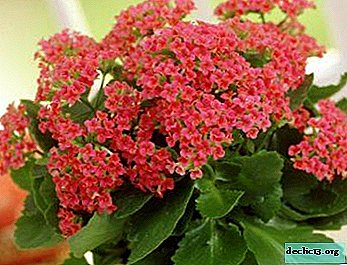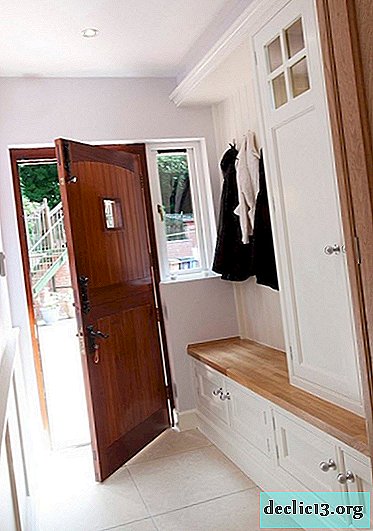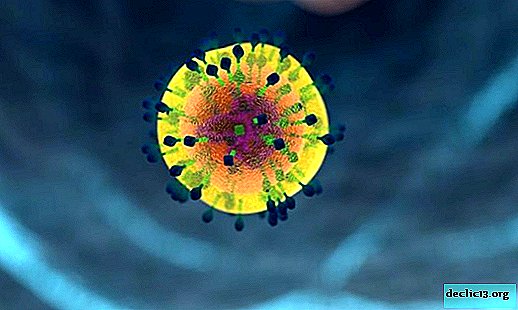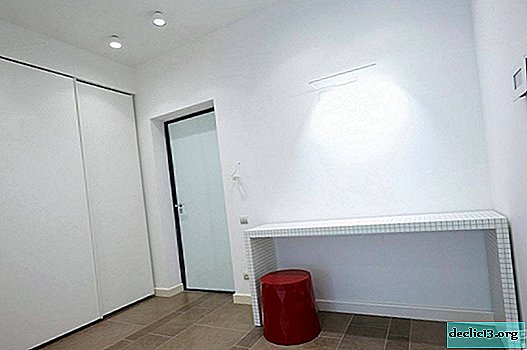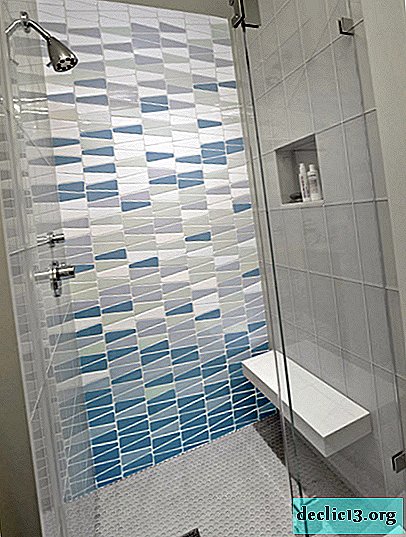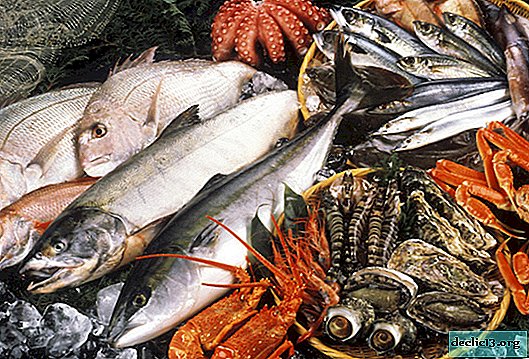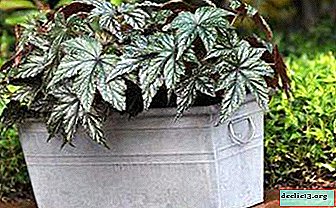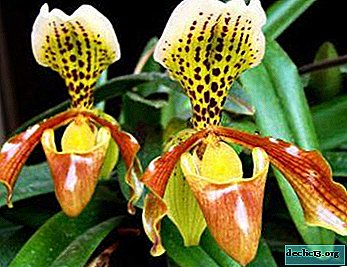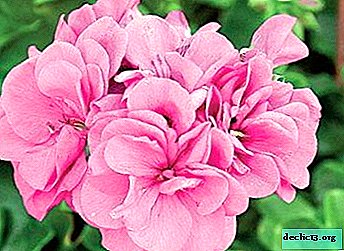Bright beauty pelargonium rosebud: care rules and the most popular varieties with description and photo
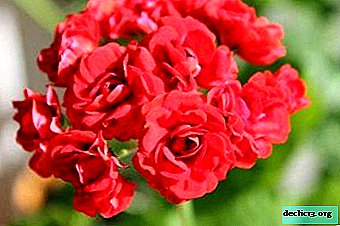
Favorite and beauty! Pelargonium pelargonium in its beauty is not inferior to a rose. Belongs to the geranium family, but it is not geranium. This is a completely separate view.
They vary in the shape of flowers and leaves. And yet, rosebud is a very delicate plant and does not tolerate cold. She can not winter in the open ground, can not stand the cold climate. Read about the features of growing this flower in the article below. Also watch a helpful video on the topic.
What is this plant?
- Pelargonium (Pelargonium) - a perennial plant, photophilous.
- Belongs to the geranium family.
- Has a branched rhizome.
- Stem - grassy, hard in old plants woody from below.
- Leaves are lobed (cutouts on the sheet do not exceed 1/3 of the half-width).
- Has box-shaped fruits.
- It can multiply; seeds, cuttings, dividing the bush.
- He likes plentiful, but not frequent watering.
- Heat-loving.
Homeland of Pelargonium - South Africa. In the XVII century, the flower was brought to Europe. And in the XVIII century they were isolated as a separate species. Pelargonium is believed to have appeared through random mutation. Later, it acquired a modern look by crossing with other species of this plant. It happened in 1870. Prices for robo-pelargoniums range from 100 to 1000 rubles.
Species features
Rosebuds belong to a variety of zonal terry pelargonium. (Rose-bud Zonal pelargoniums). Her flowers resemble a half-opened rosebud. Rosebud can even be confused with a bush rose; it is not for nothing that this plant is often called rosaceous pelargonium. The difference is the shape of the leaves. Inflorescences form a ball of small buds. It looks impressive! Both experienced and beginner growers seek to have this variety in their collection.
Photo
Look at the photo, what beautiful pink-shaped inflorescences of this species of pelargonium, how they look like small roses.





Classification of rosebuds by groups
The main feature is inflorescences resembling a rose. But there are several more differences that distinguish rosebuds from all other types of pelargonium. Within the species, there are groups:
- Ampelic has a creeping stalk.
- Zonal (the most hardy species).
- Dwarf or miniature pelargonium.
And in each of the groups there are many varieties. They differ:
- by color scheme;
- in the form of buds;
- features of care.
Ampelic (ivy)
The main feature is a cascade of leaves. The stem of such a plant does not tend to top, but spreads. Ivy pelargonium hangs down. And if it also refers to the type of rosebuds, then such a plant looks incredibly beautiful.
Zonal
The most hardy. It can reach up to 80 cm in height. It has dark fluffy leaves with a transition to a lighter color. Zonal is the most common variety. It is better not to plant such a plant in the ground. Since, despite the relative endurance, zonal rosebuds are still moody.
Watch the video about the features of zonal rosebud pelargonium:
Dwarf
Dwarf rosebuds are compact. They do not require molding and are suitable for growing in tight spaces. They look very nice in small pots. As a rule, they bloom profusely, forming a low but lush bush. They are relatively simple to care for.
Description and photo of varieties
Rose of amsterdam

"Rose of Amsterdam" refers to miniature varieties. Has very beautiful white terry inflorescences. In the sun, they can become pink. Interestingly, the age of the flower can affect the shade. Older flowers have a brighter color. Flowers, as a rule, are two-tone, white color gradually turns into pink.
It is best placed on the east side. There should be enough light, but direct sunlight is not allowed. Pretty fast growing. It does not tolerate cold and drafts. The minimum air temperature in winter should not fall below +15 degrees.
Suprim

"Rosebud Supreme" blooms with bright crimson, dense, terry flowers forming a dense hat. A characteristic feature is the white inside of the flower. It looks very unusual. The bush is erect, durable. The cap of inflorescences is very dense and the plant blooms for a long time. And if you try it will bloom all year round.
ATTENTION: Requires molding. In summer, it is allowed to take to fresh air. But this should be done with caution. Prefers moderate watering. In hot sunny weather, the pots should be lowered, to prevent overheating of the soil.Apple blossom

"Apple Blossom Rosebud" is one of the oldest varieties. They have a delicate green and white color. In this case, the edges of the flower are bright pink. They look quite unusual. This variety requires top dressing, and often. And he also needs molding. Watering is moderate. Subject to the precautionary rules, it can be carried out into the open air. In hot weather it is necessary to shade.
Vectis

"Vectis Rosebud" refers to miniature zonal varieties. The flowers are large, wine red. The type of inflorescences is slightly disheveled, unlike most rosebuds. It features a long flowering. Petals have a light inside out. The leaves of this variety are dark green in color.
Pink

The Swanland Pink-Australien Pink Rosebud variety has a very dense inflorescence cap. The flowers are pale pink, throughout their flowering they do not lose their shape. Flowering is plentiful and long. Due to large inflorescences, it seems that they lie on the leaves. This is the hallmark of this variety. It has large leaves and short internodes. The bush itself is well formed, loves small pots.
Red

"Rosebud Red" has beautiful double terry red inflorescences. It blooms for a long time and is plentiful. The cap of the inflorescence is dense, thick, lush. The bush practically does not require molding. It does not tolerate low temperature, but heat is harmful to it.
Optimum temperature:
- In summer, no more than +25 degrees.
- In winter, +15 - +20 degrees.
Landing rules
Please note that Pelargonium pelargonium is quite whimsical compared to all other varieties of this plant. Therefore, it should be planted only in a pot. It does not tolerate the effects of wind, rain, temperature changes. The room should be well ventilated. But drafts should be avoided. From time to time, the pot needs to be turned so that the plant receives enough light from all sides. In the warmer months, pots can be taken out onto the balcony, terrace or garden.
Every year in spring, the soil should be changed, the land should be fresh. In winter, pelargonium "hibernates", while it:
- has a not very beautiful appearance;
- does not bloom;
- requires rare watering;
- Requires lower room temperature (+15).
In winter, rose-shaped pelargonium rests. Therefore, feeding at this time is not needed.
Necessary lighting
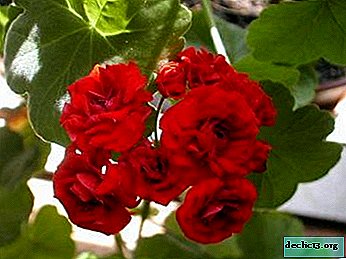 The room should be well lit throughout the day.
The room should be well lit throughout the day.- Direct sunlight on the plant and overheating of the soil and plants are not allowed.
- Burns on leaves should not be allowed.
- Dark and shaded rooms should be avoided, as the geranium plant is photophilous.
- It is necessary to monitor the room temperature. The optimum temperature for this pelargonium is + 17- +23).
What should be the soil?
- loose;
- fresh (should be changed annually);
- moist, but not marshy;
- nutritious, but not overfed;
- it is good to let in air, no matter what the roots rot;
- have a neutral pH (5.5 - 6.5).
The soil can be purchased in specialty stores or prepared independently. To prepare, you need to mix the following ingredients:
- Sod land (4 parts).
- Peat (2 parts).
- Sand (1 part).
- Perlite (1 part).
- Humus (2 parts).
Watch a video about soil substrate for pelargonium:
10 principles of home care
- This plant loves small pots. This will extend the flowering period.
- The temperature in winter and summer should vary. In summer, the temperature should be higher, and in winter lower. Then pelargonium will bloom longer.
- The plant should not be near the radiator or heater.
- Pelargonium should be cut off in March (the period when it wakes up).
- Prevent pest attacks, prevent disease. All this done in a timely manner.
- Pest control products should be selected with particular care.
- Follow watering rules. Water should be at room temperature. Watering should be moderate. Sometimes you can spray the plant, and then gently wipe the leaves with a damp cloth.
- The rose must be trimmed correctly. Weak, damaged, elongated shoots must be removed. You can adjust the height of the plant using pruning, the optimal height of 10-15 cm.
- You need to feed correctly. You should not feed the plant for two weeks after transplantation, as well as during the "winter hibernation" (from November to March).
- Choose the right lighting.
Diseases and Pests
The best way is to prevent disease and pest attacks.. And for this you need timely detection and prevention. Any problem at the very beginning has external manifestations:
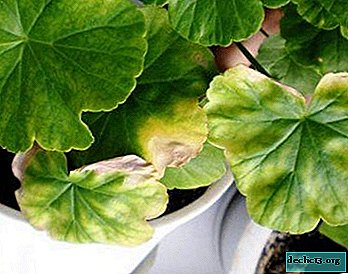 Leaves fade? This may indicate that the room is too warm or the plant is close to the battery. Perhaps you should increase watering and increase air humidity.
Leaves fade? This may indicate that the room is too warm or the plant is close to the battery. Perhaps you should increase watering and increase air humidity.- If the leaves have changed color, this can serve as a signal that the flower is too abundantly watered or it does not have enough light. Or both.
- Are there brown spots on the leaves? This is a viral infection. Transplant the flower into another soil. You should also treat the plant with fungicides. Be sure to examine for the presence of parasites. And regardless of the results, you need to spray the flower with an aspirin solution (1.25 per 10 liters of water).
- They began to dry out the flowers? Perhaps this is a fungus. Pelargonium should be treated with a Bordeaux mixture of 5% or phytosporin.
- If a whitefly or aphid has attacked, treat the plant with phytoverim. And at the same time process all the plants nearby.
- Gray rot is a formidable enemy of pelargonium. Brown spots on the lower leaves are characteristic features. They spread rapidly, and if nothing is done the plant may die. The treatment is carried out comprehensively. Pelargonium should be treated with a fungicide, exclude nitrogen-containing fertilizers, reduce watering and spraying, and monitor soil looseness. There should also be enough light in the room.
- If the plant withers, the fungus may be the cause. Characteristic signs are yellowing and wilting of the lower leaves. Then yellowness spreads to the remaining leaves. If this happened, pelargonium should be treated with trichodermin. In this case, the soil should be changed. Since some types of parasite fungi persist in the soil up to 15 years.
When processing plants from whiteflies, be sure to spray the leaves both above and below. This is a prerequisite and condition!
Since this parasite settles precisely on the underside of the leaf.
Propagation by cuttings
A rosebush can be propagated by seed, but this is problematic. The best option is cuttings. Suitable period for this:
- mid spring;
- The end of the summer;
- beginning of autumn.
That is, the time when the rose is not in hibernation and does not bloom. Another condition is not to overfeed. If you plan to cuttings, do not overfeed the plant. Soil preparation should be taken seriously, since it depends on whether the plant has taken root. The composition should include:
- peat;
- river sand;
- Earth.
In this case, the soil should be moderately moist. Shank should be:
- strong;
- healthy
- sluggish (to avoid decay);
- length should be more than 5 cm.
 The shoot should be carefully cut with a sharp sterile instrument. Then it is desirable to dry the stem. After all preparations, the stalk is placed in the soil. The soil near the stem is compacted. All this is placed in a plastic or peat cup.
The shoot should be carefully cut with a sharp sterile instrument. Then it is desirable to dry the stem. After all preparations, the stalk is placed in the soil. The soil near the stem is compacted. All this is placed in a plastic or peat cup.
Watering should be on the edge of the cup. Water temperature is about +20 degrees. It is important not to flood the young plant! The optimum air temperature should also be around +20 degrees. If young leaves appear, then this is a sign that the plant has taken root.
If you cut the plant in early spring, then be sure to use additional lighting. For this, fluorescent lamps are suitable.
Conclusion
A reverent attitude to robo-pelargoniums and competent care for them will surely yield results. These gentle creatures will delight you with their beauty, and create a wonderful atmosphere. Of course, you have to work hard. But the time spent, money and patience will pay off with interest!

 The room should be well lit throughout the day.
The room should be well lit throughout the day. Leaves fade? This may indicate that the room is too warm or the plant is close to the battery. Perhaps you should increase watering and increase air humidity.
Leaves fade? This may indicate that the room is too warm or the plant is close to the battery. Perhaps you should increase watering and increase air humidity.